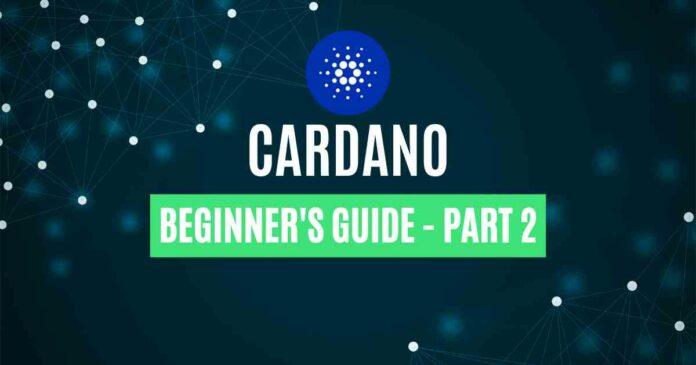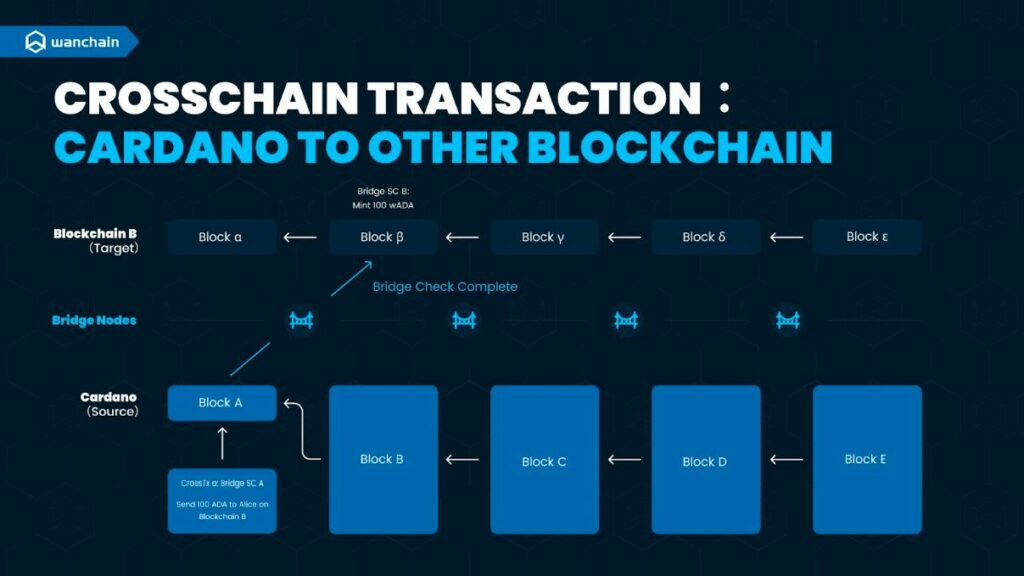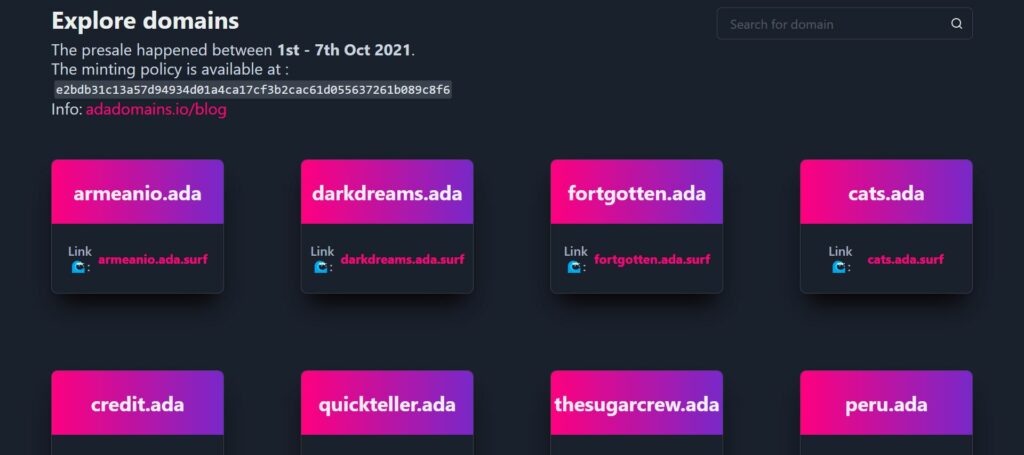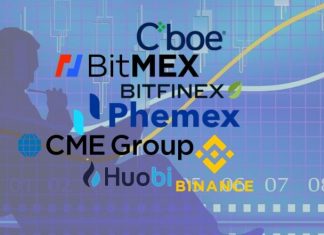Cardano is a layer 1 blockchain. Its founder, Charles Hoskinson, was also a co-founder of Ethereum. He is looking to address the well-known Ethereum problems. Cardano is fast, cheap, and scalable. We will answer another 4 popular questions about this project. Here’s a link to Part 1.
So, without further ado, let’s take a closer look at Cardano.
Ever wondered what differentiates layer 1 from layer 2 in a #blockchain?
Well here’s your answer⤵️ https://t.co/SX8vmtjrAs
— Input Output (@InputOutputHK) March 7, 2023
How to Bridge ADA?
By bridging, you make tokens interoperable. At Altcoin Buzz, we are strong believers that cross-chain is part of the blockchain future. Currently, there are two known bridges for ADA. These are, for instance,
- Microchain – This bridge offers centralized and decentralized options. Interoperability exists between Cardano, Milkomeda, Bitcoin, and Ethereum.
- Milkomeda – The bridge between Cardano and EVM chains.
We published a recent article on this topic. In case you like to find out more about these bridges, here’s a link.
However, the big news about Cardano bridges is the upcoming Wanchain bridge. Currently, Wanchain connects more than 20 different chains. This includes, for example, Arbitrum, Avalanche, BNB, Ethereum, or Polygon. The bridge between Wanchain and Cardano is still in testnet.
It’s in pre-production, which means it’s the last testnet before mainnet. We could expect an announcement towards the end of this month. The picture below shows how a transaction from Cardano to another chain works.
Source: Wanchain
Cardano’s Name Review
Like almost every big layer 1 chain, Cardano also has a few naming services. One of them is adadomains. It offers a space where it stores all your data. NFTs represent each of your domains. Once you paid for the domain name, it’s yours, forever. Or until you sell it. There’s no renewal fee.
There was a pre-sale between 1st and 7th October 2021. However, it looks like after the initial sale, not much has happened. Their Twitter account isn’t active since November 2022. Since 2021, there are plans to launch a Dapp. That Dapp hasn’t materialized yet. If it ever goes live, your NFT guarantees you that you can claim the domain name.
You can also use Unstoppable Domains (UD) with your Yoroi wallet. Although there’s no ADA domain name, you can use all your UD names in your wallet. If you don’t have an UD name yet, you can choose from the following:
- .crypto
- .wallet
- .blockchain
- .x
- .polygon
- .dao
- .bitcoin
- .888
- .zil
- .nft
You pay a one-time fee, and the domain is yours. There are no renewal fees. Here’s a guide about the Yoroi integration.
Both services offer you a way to make a long Cardano wallet address human readable. In other words, this wallet address; addr1q8wx6nsyjq5n84cg…..swg9pe694fersvftgnd turns into a human readable address. For example, choskinson.ada or choskinson.nft. The picture below shows some adadomain names on adadomian.io.
Source: adadomains
How to Stake ADA
Staking ADA is an obvious option since it’s a Proof-of-Stake chain. Staking on the Cardano chain gives you two options:
- Delegate your ADA to a staking pool: Somebody else runs this staking pool.
- Run a staking pool: By using either option, you earn rewards in ADA. For this, you need an ADA compatible wallet, like Deadalus or Yoroi. Currently, ADA holders stake 69.16% of all available ADA.
Other options are to stake on a dedicated platform. For example, Staking Rewards or Blockdeamon. Current rewards are 3.34% APR. Another option is to stake on CEX. Almost all major CEXes offer this service for the ADA token. For instance, the Binance earn program offers up to 4.6% in rewards. On KuCoin, that is currently 3%.
How to Be a Validator in Cardano
ADA validators run staking pools. These can be either public or private. In a public pool, everyone can delegate to this pool. For doing so, they receive staking rewards in ADA. On the other hand, a private pool only pays rewards to the owners.
As a pool operator, you have quite some responsibilities. For example, you need to have,
- Know how on running a Cardano node for 24/7.
- System operation skills.
- Experience of development and operations (DevOps)
- Server admin skills. Both on operational and maintenance level.
The more you stake, the higher the reward. So, it may be useful to have delegators in your pool. You earn a percentage of their rewards. Furthermore, you will also need to meet operating system requirements. There’s an extended guide on what you need here. There’s also a dev version available.
We’ve received hundreds of questions on staking from the Cardano community and the IOHK Development Team have been working away to get them answered! Check out this Staking FAQ page where questions and answers will be posted over time: https://t.co/RSM5OL9myb pic.twitter.com/cRklRQxMCf
— Cardano Community (@Cardano) March 13, 2019
Conclusion
This is the Cardano beginners guide, Part 2. We answered 4 popular questions about Cardano. These include, among others, how you can bridge ADA and the ADA domain Name services. We also looked into how you can stake ADA and what it takes to be a validator. You can find a link to Part 1 on the top of this page.
The current ADA price is $0.343813. It has a market cap of $12 billion. Out of a max and total supply of 45 billion ADA tokens, 35 billion already circulate.
⬆️ For more cryptocurrency news, check out the Altcoin Buzz YouTube channel.
⬆️ Our popular Altcoin Buzz Access group generates tons of alpha for our subscribers. And for a limited time, it’s Free. Click the link and join the conversation today.
Disclaimer
The information discussed by Altcoin Buzz is not financial advice. This is for educational, entertainment, and informational purposes only. Any information or strategies are thoughts and opinions relevant to the accepted levels of risk tolerance of the writer/reviewers and their risk tolerance may be different than yours. We are not responsible for any losses that you may incur as a result of any investments directly or indirectly related to the information provided. Bitcoin and other cryptocurrencies are high-risk investments so please do your due diligence. This article has been sponsored by Wanchain. Copyright Altcoin Buzz Pte Ltd.






























